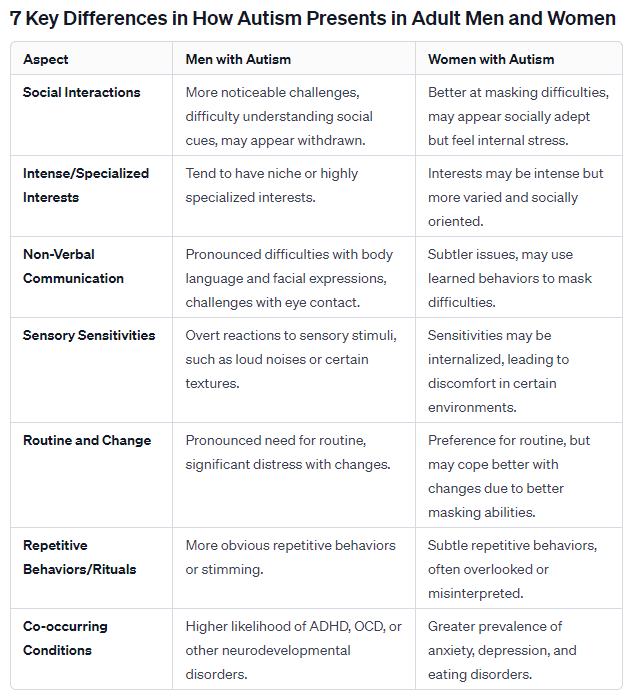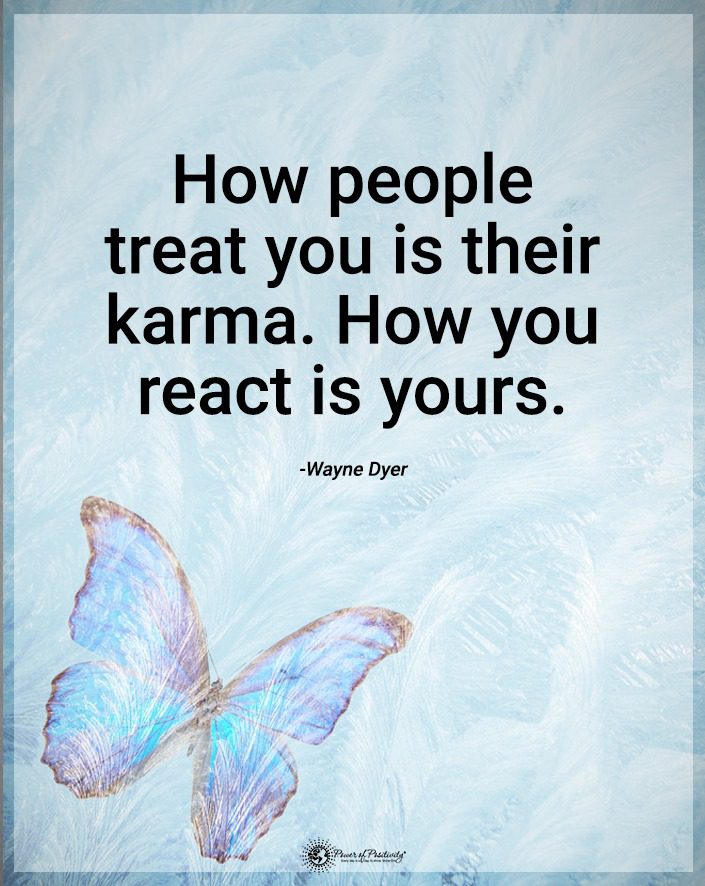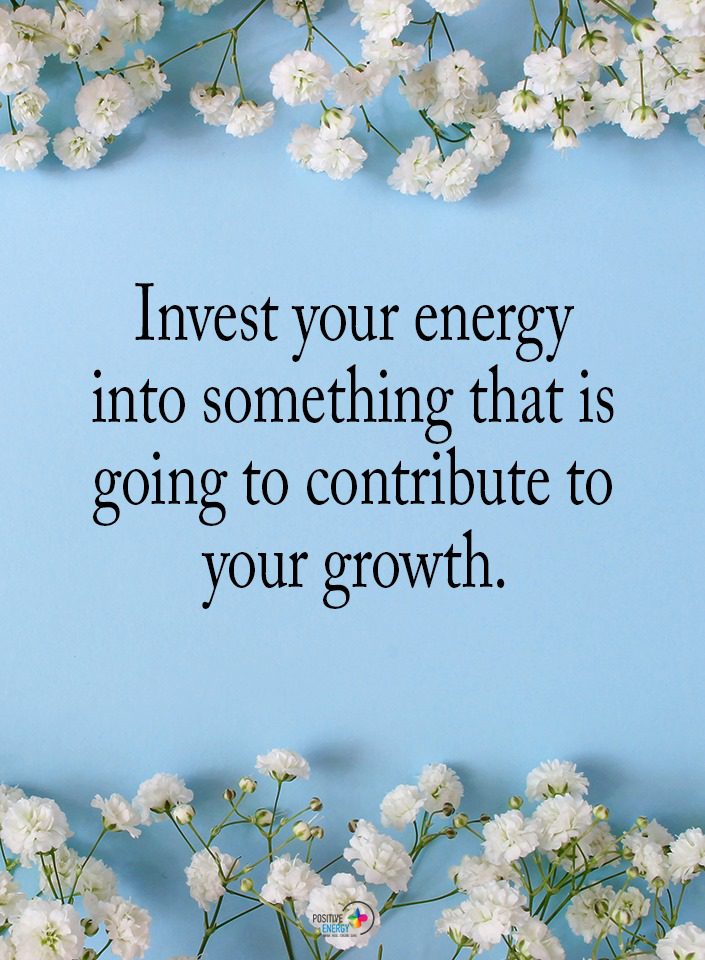Here’s why we all need a few good friends.
Friendships are vibrant threads that add color, strength, and texture to the tapestries of our lives. But they are more than mere social connections. In many cases, our friends are a second family.
But what if you’ve never thought much about the true value of friendships in leading a fulfilling life? In that case, you’ll discover ten compelling reasons why nurturing these bonds is essential for your well-being and happiness.
Ten Reasons to Cultivate Friendships for a Healthier Life
Here are ten excellent reasons why you need friends:
1 – Friendships Mean Emotional Support and Comfort
The emotional support provided by friendships is unparalleled. Imagine having someone who not only listens to your worries but also understands the nuances of your personality. Friends are those rare individuals who can see beyond the facade we often present to the world. They offer a judgment-free zone – a place where you can be your true self. So you have a safe place, whether you’re sharing your deepest fears or your wildest dreams.
This support is not just about having a shoulder to cry on. It is also about having someone who can laugh with you during the good times and offer a comforting hug during the bad. They are the ones who remind you of your worth when you forget it and help you navigate the complexities of emotions.
In a world where we are often pressured to keep our struggles to ourselves, the empathetic ear of a friend can be a sanctuary of understanding and acceptance.
2 – Friends and Improved Mental Health
The link between friendships and mental health is a topic extensively studied and validated by psychological research. Strong social connections may act as a buffer against mental health issues. Friends provide a sense of belonging, a key factor in combating loneliness and isolation.
They are the ones who can notice changes in your behavior, offering support or a gentle nudge towards seeking help when needed. In mental well-being, friends can be as important as professional support. They offer a unique form of therapy: laughter, shared experiences, and the knowledge that someone is there for you. For those battling depression or anxiety, a friend’s understanding and support can be a lifeline, offering hope and a reminder that they are not alone in their struggles.
3 – Physical Health Benefits of Friendships
The impact of friendships extends beyond mental and emotional well-being to physical health. An NIH publication notes that those with robust social networks may have better cardiovascular health, lower blood pressure, and generally lead longer lives. This outcome may be attributed to a few factors.
For one, friends can influence our lifestyle choices – encouraging healthier habits. Perhaps you enjoy exercising together or adopting a healthier diet.
Moreover, strong social bonds may reduce stress, a major contributor to various health issues. Stress hormones can create havoc in our bodies, and the calming presence of a good friend can help mitigate these effects. Additionally, laughter and joy, often shared in the company of friends, have health benefits, including boosting the immune system and improving heart health.
4 – Friends May Provide a Boost in Self-Confidence
Friends act as a mirror reflecting our best selves. Their belief in our capabilities can be a powerful motivator, often more impactful than our self-perception. This support goes beyond mere encouragement; it’s about having someone who knows your potential and pushes you to realize it.
Friends celebrate your successes and help you learn from failures. They are the ones who remind you of your strengths when you are focused on your weaknesses. This kind of support is invaluable in building and maintaining self-confidence. It’s not just about having someone to cheer you on; it’s about someone who challenges you to step out of your comfort zone and pursue goals you might not have dared to alone.
5 – Personal Growth and Learning
Friendships are a fertile ground for personal development. Our interactions with friends expose us to new ideas, cultures, and ways of thinking. This exposure is crucial for personal growth, as it challenges our preconceived ideas and broadens our worldview.
Friends can introduce us to new hobbies, different perspectives on life, and diverse cultural experiences. They can inspire us to question and refine our values and beliefs. This continuous exchange of ideas and experiences catalyzes self-improvement and learning.
Through these shared experiences and discussions, we often discover more about ourselves, our preferences, and our place in the world. In essence, friendships are not just about companionship. Rather, they mean evolving together through shared pathways of discovery and growth.
6 – Friendships May Mean Enhanced Coping Skills
The role of friends in developing our coping skills is profound. When faced with inevitable challenges, friends act as a sounding board. In fact, they can offer perspectives and advice that can reshape our approach to problems. They share their life experiences, providing practical insights and strategies that can be adapted to our situations.
This exchange of ideas and support helps build a toolkit of coping mechanisms. As a result, it may make us more adaptable and resilient. Friends can also be a source of pleasant distraction and relief during tough times, helping us to maintain a balance between facing our issues and taking the time to rejuvenate.
The coping skills learned through friendships are not just for immediate concerns; they equip us for future challenges, enhancing our ability to manage stress, overcome obstacles, and emerge stronger from adversities.

7 – Joy and Fun with Your Friends
The joy and fun that friendships bring into our lives are immeasurable. Friends are our partners in crime in the pursuit of happiness, be it through shared hobbies, spontaneous adventures, or simple moments of laughter. These experiences are not just enjoyable but crucial to our overall well-being.
Laughter, a common feature in friendships, releases endorphins, the body’s natural feel-good chemicals. Engaging in enjoyable activities with friends can lead to a more positive outlook on life, higher energy levels, and a youthful exuberance. These moments of joy and fun contribute to a more satisfying life, creating memories that we cherish and often turn to for comfort during less happy times.
8 – Friendships Give You a Sense of Belonging
In a world where we often feel disconnected and isolated, friendships offer a sense of belonging essential to our emotional and psychological health. This sense of belonging goes beyond mere social interaction; it’s about feeling understood, valued, and part of a community. Friends provide a space where we can be ourselves without fear of judgment, where our quirks are celebrated, and our flaws are accepted.
This acceptance is crucial in developing a positive self-image and a sense of security. In the company of true friends, we experience a unique connection that reinforces our sense of identity and belonging, reminding us that we are not alone in our journey through life.
9 – Friends Provide Motivation and Accountability
Friends play a pivotal role in motivating us and keeping us accountable. They are the ones who encourage us to set goals and strive to achieve them. Whether embarking on a fitness journey, pursuing career goals, or working on personal projects, friends provide the push we sometimes need to stay on track. They celebrate our successes and help us analyze and learn from our failures.
This accountability is a powerful motivator; knowing that someone is rooting for us and waiting to hear about our progress can spur us to maintain our efforts and stay committed to our goals. The motivation derived from friendships is rooted in a desire to not only improve ourselves but also to live up to the beliefs and expectations our friends have of us.
10 – Friendships Mean Unconditional Support
The unconditional support offered by true friends is one of the most precious aspects of friendship. This support is unwavering, regardless of the circumstances. Friends who provide this kind of support are there for us during our highest and lowest highs.
They offer a shoulder to lean on, an ear to listen, and a hand to hold without expecting anything in return. This support is rooted in mutual respect and love, providing stability and security. In the presence of such friends, we find a place to be vulnerable, make mistakes, and grow without the fear of being judged or abandoned.
This unconditional support is a rare gift, bringing a deep and enduring bond that can withstand the tests of time and change.

Final Thoughts on How Friendships Give You a Happier Life
Friendships are not only nice to have; they might just be essential for a fulfilling and healthy life. They enrich our experiences, support our well-being, and provide a foundation of love and joy. Investing in friendships is a great place to start if you want to enhance your life meaningfully. Remember, the best life is surrounded by friends who understand, support, and cherish you. So, go ahead and reach out to a friend today, and take a step towards a happier, healthier you.




















